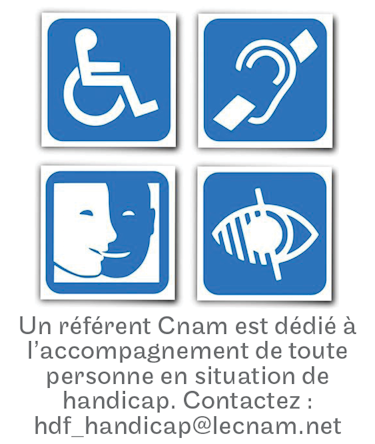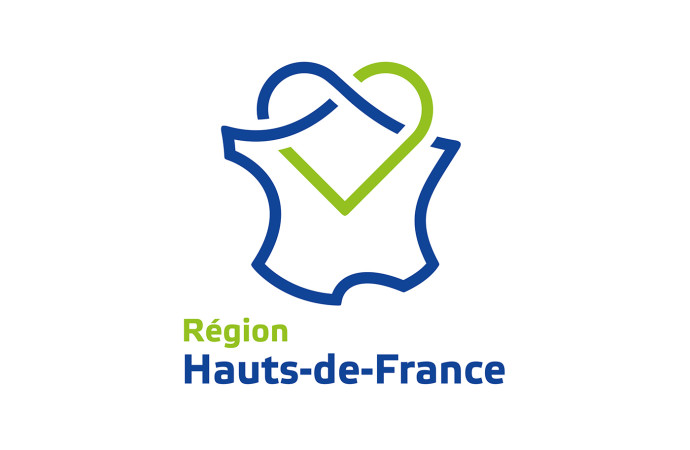Geodesy & Cartographic Systems
Public Concerné
Entry requirements
Initial Competences
Same as to be admitted to higher education.
Good knowledge of mathematics
Good knowledge of physics
Good knowledge of English
Relation to other courses
HB300 - Information technology
HB310 - Navigation
HB340 - Tides and currents
HB360 - Hydrographic surveying
HB370 - data management
HB500 - Hydrographic practice
Initial Competences
Same as to be admitted to higher education.
Good knowledge of mathematics
Good knowledge of physics
Good knowledge of English
Relation to other courses
HB300 - Information technology
HB310 - Navigation
HB340 - Tides and currents
HB360 - Hydrographic surveying
HB370 - data management
HB500 - Hydrographic practice
Objectifs pédagogiques
Module Outline:
- The ellipsoid of revolution and its relation to the Geoid
- Datums
- The principles of gravity models and gravity reduction
- Transformation between ellipsoids and/or datums
- Celestial sphere and coordinate systems
- Basics of astronomic positioning
- Impact of geocentric vs. Local geodetic datums
- Essentials of gravimetry
- Vertical reference systems
- Definition of a cartographic system
- Geodetic, astronomic, orbital and geocentric systems
- The Conventional Terrestrial System and some of its practical realizations such as GRS80, WGS84 etc.
Classification (orthogonal vs. Non-orthogonal, etc...)
Main properties of cylindrical, azimutal and conical projections (including development of the analytical projection formulae)
Deformations (conform, equivalent, equidistant, aphylactic)
Calculation of the deformation based on the indicatrix of Tissot
Detailed approach of certain conformal projections (Mercator, Stereographic Azimutal)
UTM (including military and civil grid system)
Transformation between geographic and grid coordinates, compute convergence, scale factors and arc to chord corrections, using appropriate software
- Introduction to geodesy
- The ellipsoid of revolution and its relation to the Geoid
- Datums
- The principles of gravity models and gravity reduction
- Transformation between ellipsoids and/or datums
- Celestial sphere and coordinate systems
- Basics of astronomic positioning
- Impact of geocentric vs. Local geodetic datums
- Essentials of gravimetry
- Vertical reference systems
- Definition of a cartographic system
- Coordinate systems for positioning
- Geodetic, astronomic, orbital and geocentric systems
- The Conventional Terrestrial System and some of its practical realizations such as GRS80, WGS84 etc.
- Geodetic computations
- Map projections
Classification (orthogonal vs. Non-orthogonal, etc...)
Main properties of cylindrical, azimutal and conical projections (including development of the analytical projection formulae)
Deformations (conform, equivalent, equidistant, aphylactic)
Calculation of the deformation based on the indicatrix of Tissot
Detailed approach of certain conformal projections (Mercator, Stereographic Azimutal)
UTM (including military and civil grid system)
- Grids and graticules on projections
- Map Use
Transformation between geographic and grid coordinates, compute convergence, scale factors and arc to chord corrections, using appropriate software
Capacité et compétences acquises
Learning Outcomes:
- Describe the shape of the Earth in terms of potential and ellipsoidal models
- To be able to explain modern geodetic reference systems and associated reference systems
- Explain horizontal and vertical datum transformation concepts
- Being able to describe geometry of lines on the ellipsoid and perform forward and inverse computations on the ellipsoidal surface
- Explain the properties and distortions in different types of projections used in maps and charts
- To be able to explain projection types and to apply appropriate projection formulae
- To be able to distinguish gravity-related and ellipsoidal heights
Contenu de la formation
Lecture 1 Introduction to geodesy
Lecture 2 Coordinate systems for positioning
Lecture 3 Geodetic computations
Lecture 4 Map Projections
Lecture 5 Grids and graticules on projections
Lecture 6 Map Use
Lecture 2 Coordinate systems for positioning
Lecture 3 Geodetic computations
Lecture 4 Map Projections
Lecture 5 Grids and graticules on projections
Lecture 6 Map Use
Description des modalités de validation
Evaluation
Evaluation form
Written examination, partly with multiple choice, partly with open questions.
Fieldwork - permanent evaluation the practical exercises.
Assessment methodology
The final figure of assessment is composed of:
80% (written examination)
20% (permanent evaluation)
Assessment criteria
Theory examination: quality of knowledge, insight, relation between subjects, ...
Permanent evaluation: workshops, proof of attendance, portfolio: reports, exercises, ...
Evaluation form
Written examination, partly with multiple choice, partly with open questions.
Fieldwork - permanent evaluation the practical exercises.
Assessment methodology
The final figure of assessment is composed of:
80% (written examination)
20% (permanent evaluation)
Assessment criteria
Theory examination: quality of knowledge, insight, relation between subjects, ...
Permanent evaluation: workshops, proof of attendance, portfolio: reports, exercises, ...
Prévisions d'ouverture
| Groupe | Semestre | Modalité | État d'ouverture | Date du premier cours | Lieux | ||
|---|---|---|---|---|---|---|---|
| HBB350 | Geodesy & Cartographic Systems | 3 | Cours de Jour | - | - | - | - |
Voir les dates et horaires, les lieux d'enseignement et les modes d'inscription sur les sites internet des centres régionaux qui proposent cette formation








